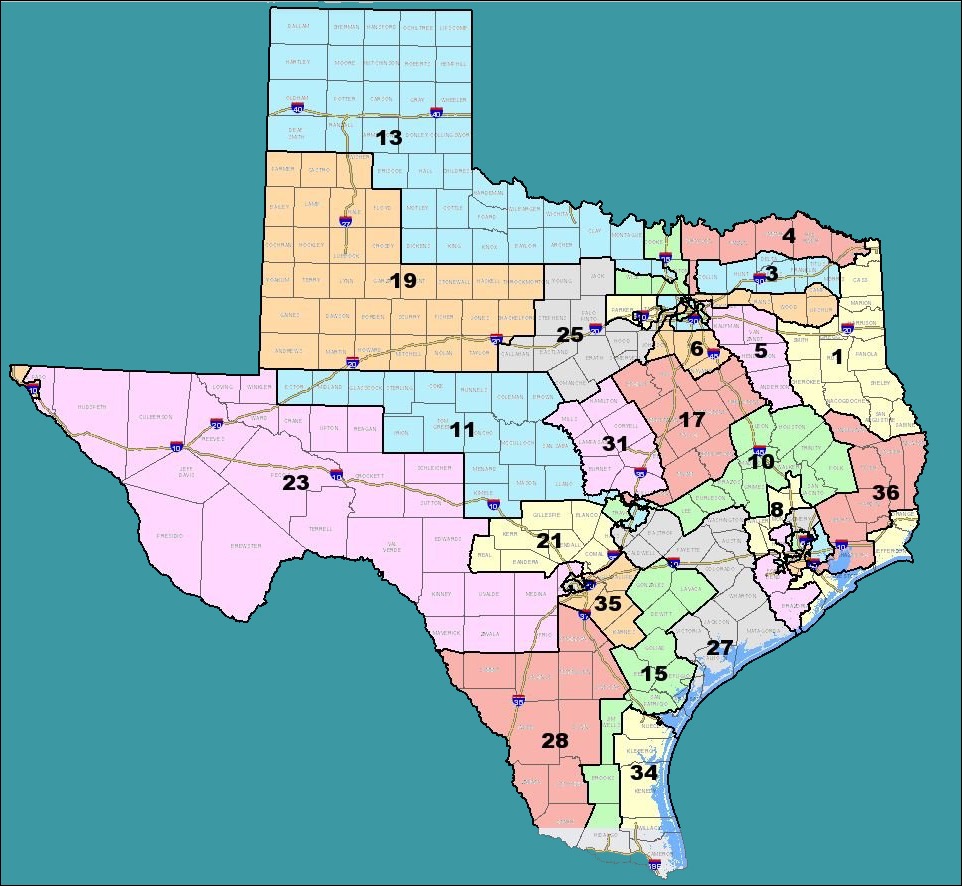
The Texas GOP's Redistricting Strategy: A Closer Look
The redistricting process in Texas is stirring considerable intrigue as the GOP plans new congressional maps that may heavily weigh on low Hispanic voter turnout. These maps, released after the 2020 census, could significantly impact Texas politics, particularly in districts where Hispanic voters historically shape election outcomes.
Understanding the Context: Hispanic Voter Influence
Hispanic voters in Texas represent a critical demographic group. With increasing population numbers, they wield substantial electoral power—one that GOP strategists cannot afford to ignore. However, the effectiveness of this influence has been questioned in the light of voting patterns in recent elections.
According to recent reports, the battlegrounds of Texas reflect a trend where GOP candidates have adjusted their strategies, banking on lower turnout among Hispanic voters as a means of securing victory. This shift raises ethical questions about representation and whether it undermines the democratic process.
Data-Driven Insights: Statistically Speaking
In light of the 2020 census, analysts have noted fluctuations in voter participation among Hispanic communities. Turnout rates initially showed promise during the 2018 midterms but plummeted in subsequent local elections. The Texas Secretary of State’s office reported a staggering decline, which some suggest might have contributed to the GOP's recent redistricting decisions.
Historical Context: A Legacy of Marginalization
Historically, Hispanic voters have endured systematic disenfranchisement across Texas. Policies have often been designed to dilute their electoral clout. This pattern raises concerns about the GOP's potential strategy to exploit demographic disparities for partisan gains. Understanding the legacy of voter suppression is key in addressing current events and perceptions surrounding Texas elections.
Voices from the Community: Counterarguments and Perspectives
In response to the proposed congressional maps, community leaders and advocates for Latino rights are voicing discontent. Many argue that lower turnout cannot solely be attributed to apathy but is often the result of barriers like limited access to polling places and misinformation campaigns.
Local protests and calls to action have surfaced, urging for fair representation and active engagement in the political process. Advocates believe that a proactive approach, including outreach and accessibility initiatives, can lift turnout rates and counteract the GOP's redistricting efforts.
Future Predictions: Shifting Dynamics Ahead of the 2025 Elections
Looking towards the 2025 elections, experts suggest several factors will play a crucial role in determining electoral outcomes, including grassroots organizing, shifts in demographic patterns, and even changes in voter sentiment regarding issues such as immigration and healthcare. Although the current maps may suggest a short-term advantage for the GOP, the evolution of these factors could herald significant changes as Texas continues to diversify.
Engaging in the Discussion: What Can You Do?
For voters and community members, awareness is key. Staying informed about new developments in redistricting is essential for understanding how such decisions might impact local representation. Engage with local advocacy groups, participate in community dialogues, and amplify voices that push for equitable changes.
Moreover, as the political landscape shifts, it’s crucial for younger generations to step up and claim their stake in the democratic process. Your voice can shape the future—whether through voting, advocacy, or education.
 Add Element
Add Element  Add Row
Add Row 



Write A Comment